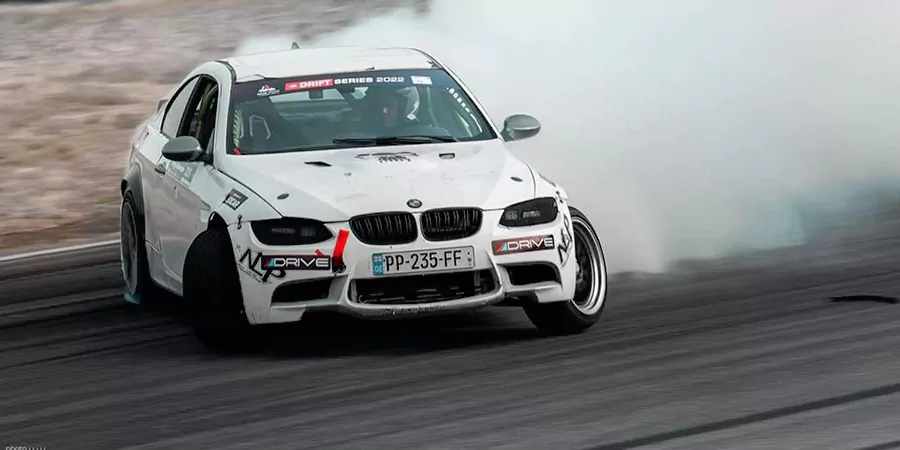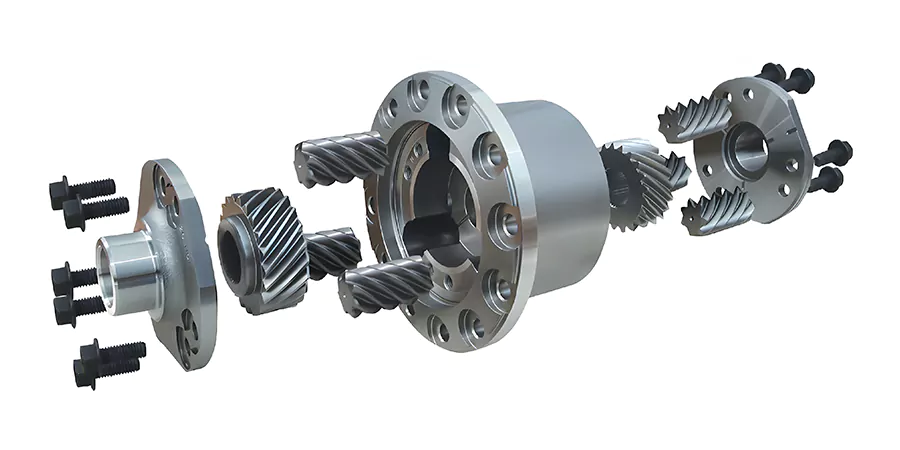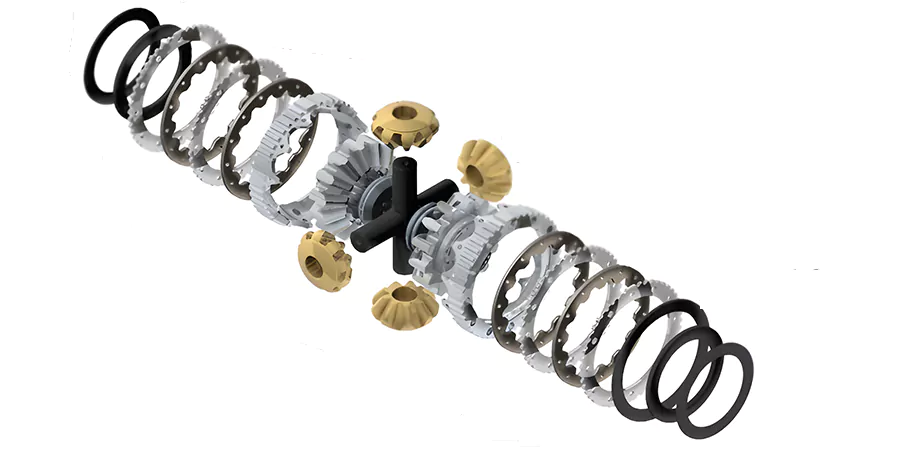
Limited slip differentials(LSDs) are a crucial component of modern cars, particularly in high-performance models. They improve traction and handling, especially in situations where one wheel may be slipping or losing traction. LSDs come in two main types: helical gear and plate differentials. In this article, we will explore the differences between these two types and their respective advantages and drawbacks.
How Helical Gear LSDs Work

Helical gear LSDs use gears that are angled to provide resistance to movement between the two wheels. When one wheel loses traction, the gears on that side rotate faster, creating friction that helps transfer power to the other wheel. Helical gear LSDs are known for their smooth and quiet operation. The lack of servicing required is a significant advantage; once installed, only regular oil changes are needed.
How Plate LSDs Work




